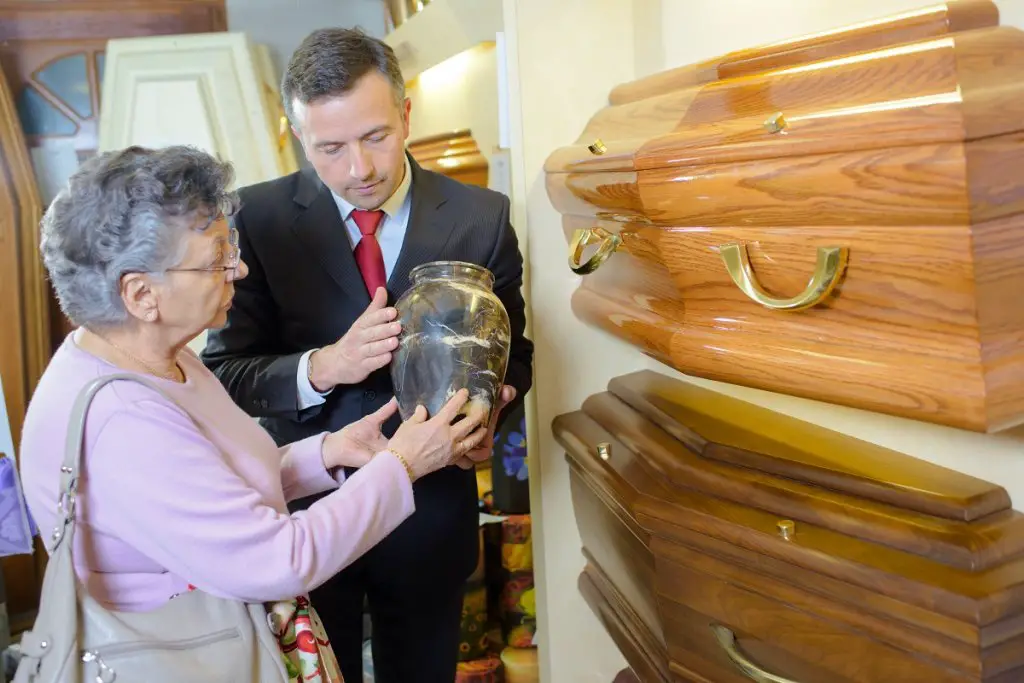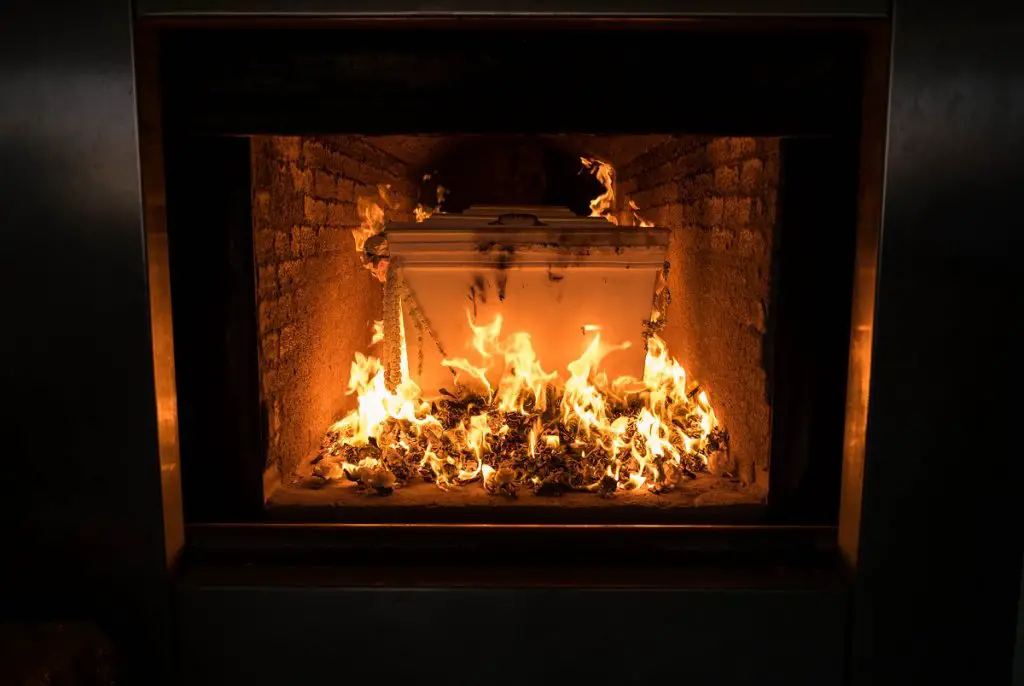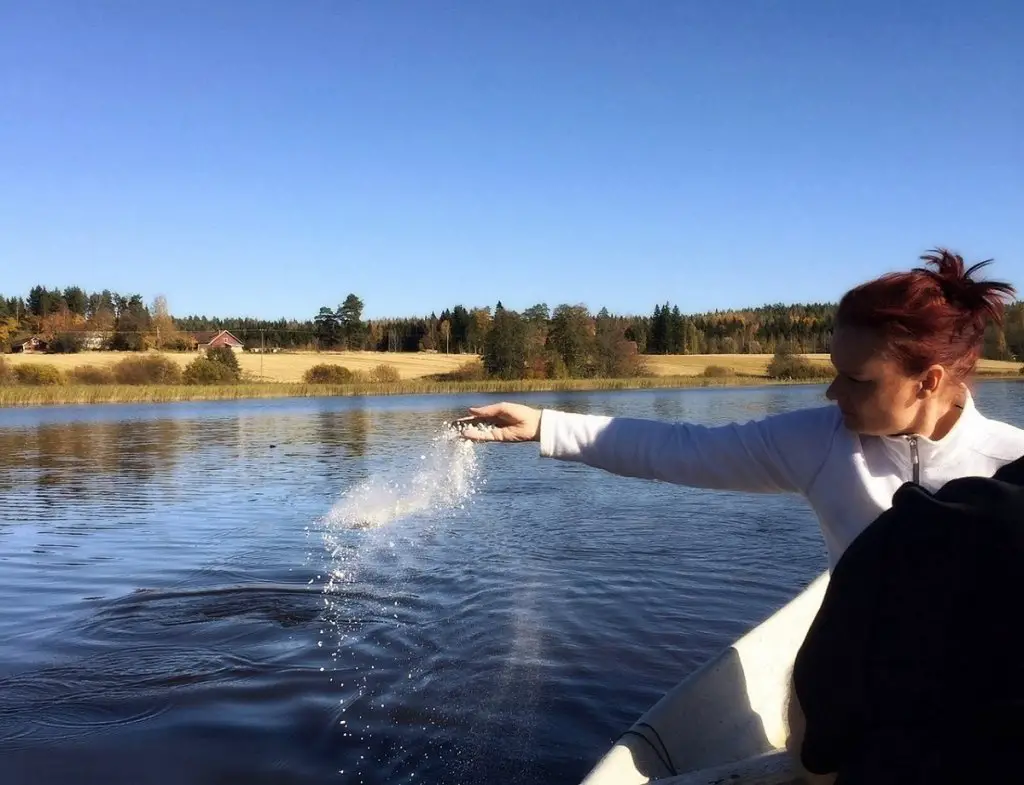Cremation is a means of disposing of a dead body through burning than letting it decompose in the ground. The human remains can then be buried, displayed or scattered. It can be cost-effective if it is performed without the embalming, costly caskets, viewing, and some trapping of traditional funerals.
Ashes to ashes, dust to dust…. As the famous passage suggests, you must choose how you will commit the body back to its final resting place when a loved one passes on. You and other family members must decide whether you will go the traditional funeral route or opt for cremation services.
In the United States, cremation is now more popular than traditional funeral services. In 2021, 57.5% of the population that passed away were cremated. That’s twice as much compared to the figures 20 years ago. By 2025, these numbers are expected to hit 64%, according to the Cremation Association of North America (CANA) statistics.
The primary driving factor why people opt for cremation services is cost. A funeral service that consists of embalming, viewing at a funeral home, and traditional burial costs around $7,848. In contrast, a cremation service has a median price of around $6,971, based on the latest National Funeral Directors Association report. Of course, the latter depends on the cremation provider, type of cremation, and your preferred service options.

Table of Contents
What Is Cremation?
Humankind has practiced cremation for more than 2,000 years. It is a method of final disposition of a deceased individual by exposing it to open flame and intense heat in a designated furnace, often called a cremation chamber, until only bone fragments remain.
Today, cremation chambers are often specifically engineered industrial furnaces that reach temperatures of 1,400 to 2,000 °F. These cremation chambers can turn the body into ashes in about three to four hours.
The cremation process typically involves the following steps:
- Transport. The body of the deceased will be moved from the place of death and brought to a funeral home or directly into a crematorium.
- Storage. The body is placed in cold storage while family members complete the necessary paperwork. During this time, you need to choose from the types of cremation services available, plan the memorial service with the help of a funeral director, and inform people about the death of your loved one.
- Cremation. This is the cremation process itself, where the human remains are placed in the crematory chamber.
- Return. The cremated remains, often called cremains, are ground into ashes and returned to the family members.
In the video below, Funeral Fundamentals’ expert Jeff Lemley discusses all the cremation options before, during, and after the process itself, including private viewing, cremation containers, and ashes of the loved one.
Does Cremation Make Burial Unnecessary?
The lack of space is a significant issue in most cities worldwide. This is the reality you must face even when preparing funeral services for your deceased loved one. Traditional burial takes a lot of space, and in most countries, where grave reuse is not permitted, the room to house the dead is running out.
Cremation leaves a smaller ecological footprint. It is a more practical choice for most people. In the long-term, cremation might make burial unnecessary. The shift to cremation is also a form of evolution of cultures in remembering the dead.

What Is The Difference Between Cremation And Traditional Burial?
To better understand the difference between cremation and traditional burial, you have to consider their pros and cons:
Cremation Pros and Cons
- PRO: Cremation rates are more affordable. For those on a tight budget or with no preplanning, there’s no requirement for a coffin, funeral services, or a burial plot.
- PRO: Cremation is more flexible. You can have more time to plan if you want a memorial service. You can wait for loved ones who might be coming from other countries or states. You can even hold a funeral service at a more convenient place for everyone.
- PRO: You are not restricted to a cemetery. Interment can be in a columbarium, or family members can decide the final resting place with respect to the wishes of the deceased.
- CON: While cremation is accessible in most places, it is still unavailable in all funeral homes.
- CON: Some more conservative and traditional family members might disagree with cremation as the top final disposition choice.
- CON: Just like burial which calls for much space and often involves chemicals, open flame cremation requires a ton of energy and results in greenhouse gas emissions.
Traditional Burial Pros and Cons
- PRO: Traditional burials are often in harmony with most family traditions and religious beliefs.
- PRO: With interment at a cemetery, traditional burial gives loved ones a permanent memorial they can visit to celebrate the life of family members who have gone before them.
- CON: It can be six times more expensive than cremation when a coffin, service options, burial plot, headstone, and maintenance costs are considered.
- CON: Maintaining a gravesite may require considerable time and effort for family members. Hiring people to maintain it, of course, involves costs.
- CON: It will be difficult for loved ones living in different cities or states to visit.

What Are The Different Kinds Of Cremation Service Types To Consider?
If you are planning a funeral for a deceased loved one and considering different types of cremation services, here’s a quick guide:
Traditional Cremation Services
The traditional cremation service involves visitation and viewing by family members and friends, followed by a funeral service to honor the dead.
You and other loved ones of the deceased will coordinate with the funeral home on the best way to respectfully prepare the body for viewing. You can choose the clothing and casket that will be used. The funeral home will embalm the body, place it in a casket, and prepare it for viewing.
The funeral service can be structured based on one’s religious beliefs or traditions and may involve readings, eulogies, and songs. Overall, traditional cremation is similar to a traditional funeral.
Direct Cremation
Direct cremation does not involve a funeral service beforehand. You can directly engage with a crematory service instead of a funeral home.
A cremation with a service involves a memorial service with family and friends at a later date. A funeral service before cremation is not a direct cremation but a traditional one.
Memorial Service
With a memorial service, friends and family members will honor the dead without a body present. The spotlight will be on the cremated remains in an urn, pictures of the person who passed on, and their personal mementos.
Just like a traditional cremation service, you need to work with the funeral director to plan the memorial service, which you can do at a funeral home, a place of worship, or other offsite locations.
Celebration of Life
This kind of service focuses on telling the life story of the dearly departed. Family and friends can celebrate the legacy, achievements, and memories of the deceased. The atmosphere is casual and upbeat, often involving music and good food.
Graveside Service
A graveside service is done when you opt to bury the cremated remains of a loved one in a cemetery. The interment services consist of prayers, readings, and eulogies. Guests will walk or drive behind a hearse to the final resting place if viewing or funeral services are held before a graveside service.
If you are considering cremation, one decision you will need to make before your loved one is cremated is whether or not you wish to have a private viewing. If yes, what does a crematory private viewing look like? Funeral Fundamentals’ expert Jeff Lemley answers this question in the video below.
What Is The Cheapest Form Of Cremation?
When considering the different types of cremation services, it is essential to consider the wishes of the dead or the consensus among family members. If there are financial constraints, a direct cremation without memorial services is the way to go.
Direct cremation is the cheapest form of cremation at around $500 to $1,500, or around $795 in most cities in the U.S. It involves cremation of the body immediately after passing without embalming, visitation, or ceremonial services.
Services such as transporting the body, extended refrigeration time, and filing legal documents are extra, but the total price of direct cremation is much less than traditional cremation with a service.
Many funeral homes with no crematories on-site offer direct cremation packages, but these packages may cost at least three times more than arranging it with the crematorium.
What Is The Difference Between Simple And Direct Cremation?
Simple cremation is another term for direct cremation. It is also often referred to as immediate cremation.
Are There Different Ways To Cremate A Body?
There is a greener form of cremation called water cremation or aquamation. This involves cremation using heated water and alkali solution. Also known as alkaline hydrolysis, water cremation is another option for those who want final disposition with less carbon footprint.
What Is A “Cremation Container”?
A cremation container is a combustible box that houses the body during the cremation process. The container is made of combustible materials ranging from wood, fiberboard, and heavy-duty cardboard, among others.

How Are Cremains Disposed Of?
The ashes or cremains can be kept in an urn, scattered, or buried. Some families opt to memorialize their dearly departed by keeping a small portion of the ashes in jewelry and other keepsake items to honor the dead.

